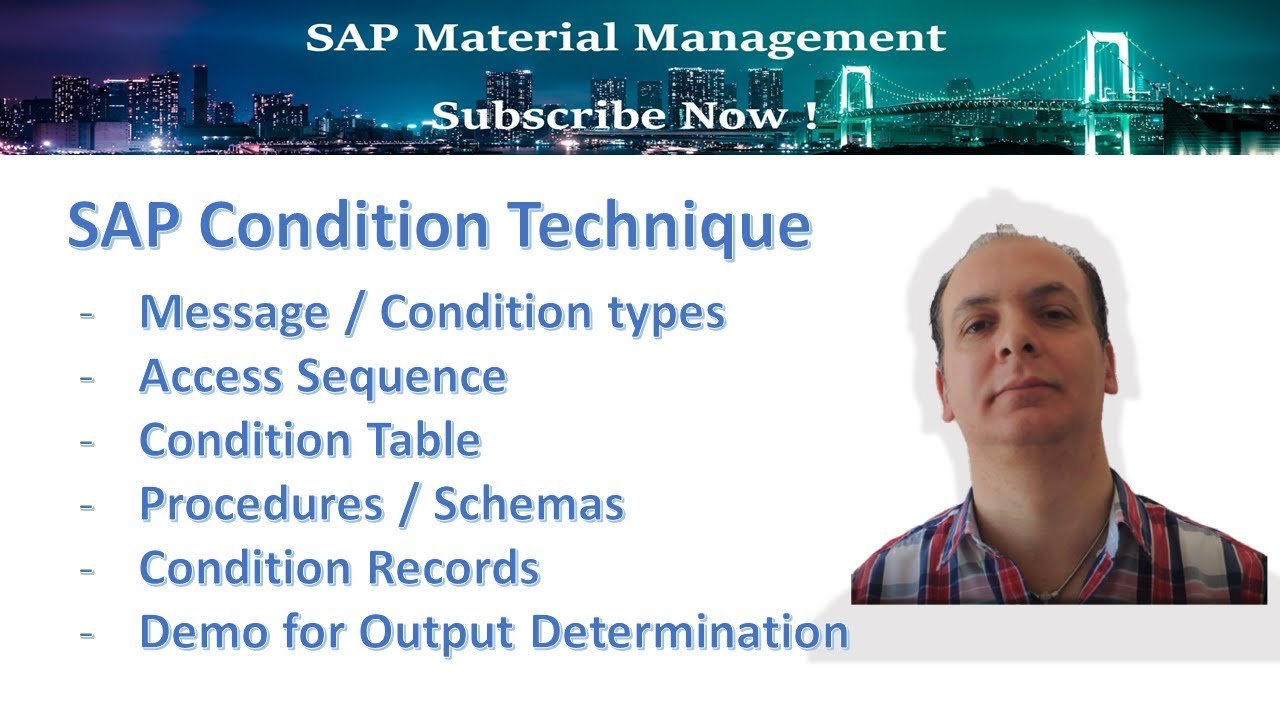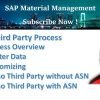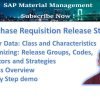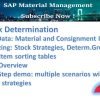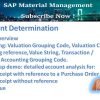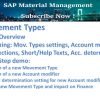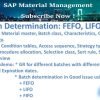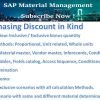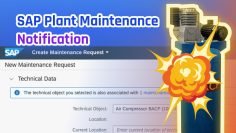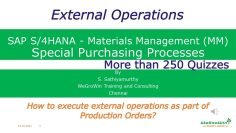The video tutorial is a comprehensive guide on the SAP Condition Technique, with a particular focus on Output Messages. The presenter explains the concept of the condition technique and its wide usage in SAP, not only in Material Management but also in other modules. The technique is primarily used for Pricing and Outputs. The video also covers the creation of a new condition record for a combination of fields that did not previously exist in the system.
Standout Topics covered in this session:
- Understanding the Condition Technique: The presenter begins by explaining the elements involved in the condition technique. These elements include Condition Types, Access Sequence, Condition Tables, Procedure or Message Schema, and Condition Record. The presenter also explains the differences in the naming of these elements in Pricing and Outputs.
- Creating a New Condition Table: The presenter demonstrates how to create a new Condition Table for Purchase Orders (POs) in the system. The table is created with a unique number and includes fields such as Purchasing Organization, Company Code, and Document Type.
- Creating an Access Sequence: After creating the Condition Table, the presenter shows how to create an Access Sequence for Purchase Order. The Access Sequence is set up with the new Condition Table and the Exclusive flag is checked, meaning that once a condition record is determined at one level, it stops and does not go on looking for the other tables.
- Creating a Condition Record: The presenter then demonstrates how to create a Condition Record using transaction code MN04. The new Condition Record is created for the previously created Message Type and includes the new entry of Purchasing Organization, Company Code, and Document Type.
- Testing the Condition Record: The presenter tests the newly created Condition Record by creating a Purchase Order. The system successfully determines the new Message Type based on the key of Purchasing Organization, Company Code, and Document Type.
- Checking the Tables: The presenter shows how to check the tables used in the process. The newly created table and the condition record can be seen in the NACH table. The presenter also shows how to check the outputs determined in the POs using the NAST table.
- Using the Condition Technique in Pricing: The presenter concludes by mentioning that the same procedure is used in Pricing. The points to define Access Sequence, Condition Types, Schema, Schema Determination, and Tables are located under the Conditions in ‘Define Prices’ Price Determination process.


